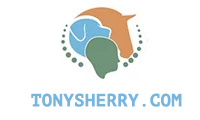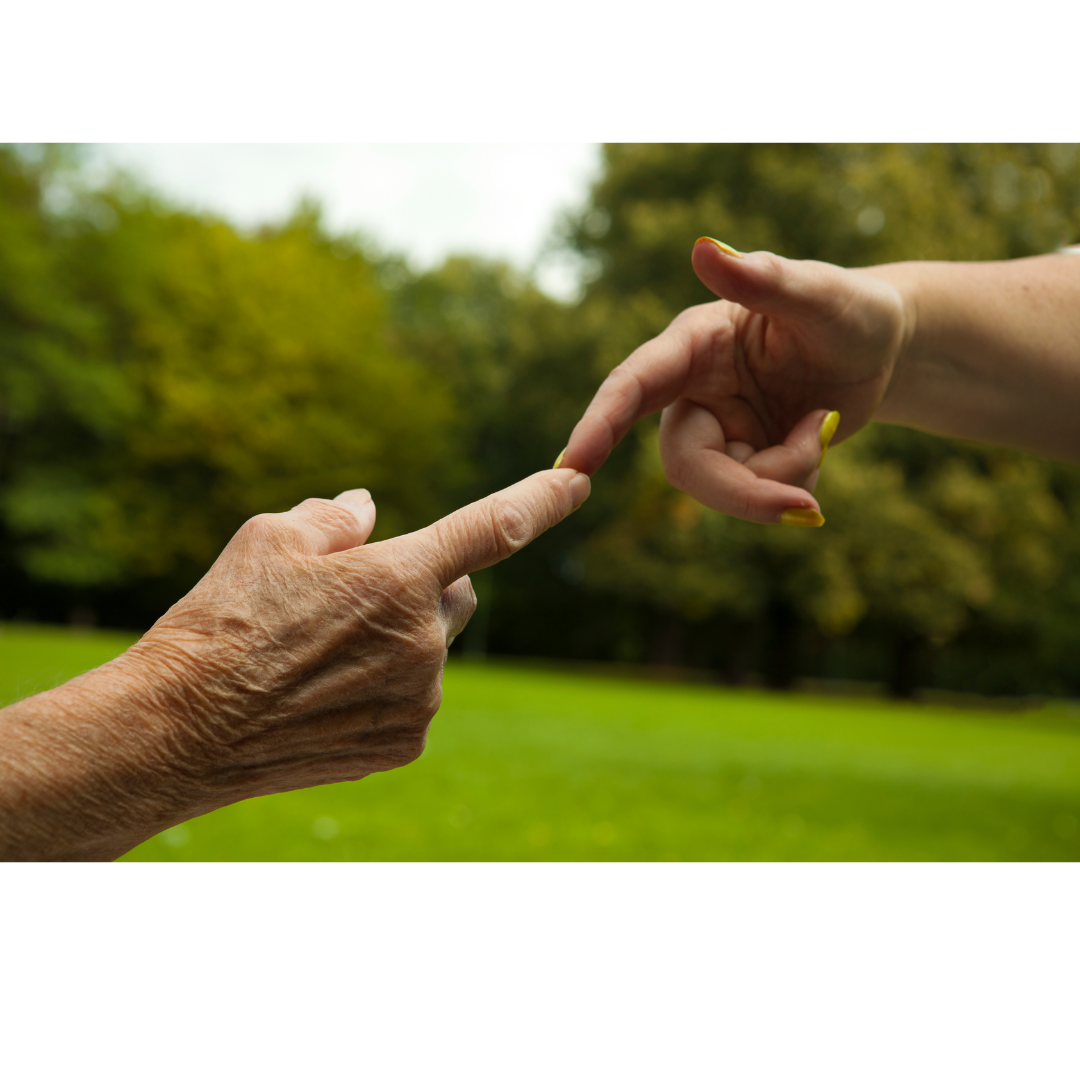In a world filled with diverse therapeutic approaches—some involving intense pressure, lotions, and potions—it’s easy to believe that more intensity leads to better results. However, my journey as a therapist, and my own experience following a major injury, have led me to a different conclusion: for many people, gentleness is the key to profound healing. Light touch therapy, rather than firm pressure, often brings the most effective and long-lasting results.
My Personal Journey with Light Touch Therapy
Like many, I assumed that deep tissue massages or therapies that applied significant pressure were the best way to relieve pain and restore function. However, after suffering a major injury, I discovered that my body didn’t respond well to firm pressure. Rather than experiencing relief, I felt discomfort, resistance, and tension. My body would shut down, rejecting the treatment entirely.
As a therapist, I saw similar reactions in my clients. Both human and animal clients would often experience discomfort when firm pressure was applied, particularly if they had sensitive areas or chronic conditions. The more intense the pressure, the more their bodies resisted, activating the sympathetic nervous system—the body’s “fight-or-flight” response. This stress response delayed the healing process and, in some cases, exacerbated symptoms.
This realisation led me to seek a gentler, more effective method. I began to explore therapies that utilised light touch, and the results were transformative. I found that by using a lighter, more nuanced approach, both I and my clients experienced profound healing in a way that wasn’t possible with more aggressive techniques.
Why Light Touch Works
Light touch therapy may seem counterintuitive, especially if you’ve been conditioned to believe that deep tissue manipulation is the only way to release tension or address physical issues. However, science supports the idea that light touch can be just as, if not more, effective for certain conditions.
One of the reasons light touch therapy works so well is its effect on the autonomic nervous system. When we experience firm pressure, our bodies often activate the sympathetic nervous system, responsible for the “fight or flight” response. This can lead to increased stress, resistance, and tension—factors that hinder the healing process. Light touch therapies, on the other hand, engage the parasympathetic nervous system, which promotes a “rest and digest” state. This calming effect encourages relaxation and healing, allowing the body to open up rather than shut down (Porges, 2007).
Studies have shown that therapies such as The Emmett Technique, which focus on gentle touch and minimal pressure, can be incredibly effective for treating various conditions (Upledger, 2002). Light touch doesn’t just work on the physical body; it also engages the energetic and nervous systems, creating a holistic environment where healing can occur at a deeper level.
Benefits of Light Touch Therapy
- Non-Invasive: Light touch therapy is ideal for those with sensitivity, injuries, or conditions that make firmer treatments uncomfortable or ineffective. It is particularly suitable for individuals who experience chronic pain, as it does not aggravate their symptoms.
- Suitable for All Ages: Light touch is safe for everyone—from young children to the elderly. It’s a gentle approach that doesn’t cause additional discomfort, making it accessible to a wider audience.
- Animal-Friendly: As a therapist who works with both human and animal clients, I’ve seen how animals, in particular, respond positively to light touch. Animals tend to tense up under firm pressure but are more receptive and relaxed when treated with gentler techniques.
- Holistic Healing: Light touch techniques like The Emmett Therapy focus not only on the muscles but also on the nervous and energetic systems. This holistic approach allows for more complete healing by addressing the root causes of discomfort rather than just the symptoms.
The Science Behind Light Touch
The benefits of light touch therapy are supported by research. A study conducted by Bozovic and colleagues (2013) highlights the role of the autonomic nervous system in response to stress and healing. When the body is subjected to firm pressure, the sympathetic nervous system is activated, which can block the body’s ability to heal. Light touch, by contrast, encourages the parasympathetic nervous system to take over, fostering a state of relaxation that promotes healing and recovery.
Another study by Stephen Porges (2007) delves into the polyvagal theory, which explains how the vagus nerve plays a crucial role in the body’s ability to relax and recover. Light touch therapy stimulates this nerve, aiding in emotional regulation, relaxation, and the body’s natural healing process.
Light Touch in Action: A Client’s Testimonial
Many of my clients have experienced incredible results with light touch therapy. One such client, Ron Pye, shared his experience with the Emmett Technique after suffering a stroke:
“I have been treated by Tony Sherry using EMMETT Therapy regularly following a stroke in March 2020. As a result of my stroke, I struggled with mobility, balance, strength in my arms and hands, and severe pins and needles in my arms and legs. Tony has helped immensely with all these issues. My balance and walking have improved hugely, and I have also noticed a vast improvement in my speech. Tony is incredibly professional and friendly. His patient care is second to none, and he always goes above and beyond to make you feel at ease. Without Tony and his magic hands, I would not have the quality of life that I have now gained back. Thank you, Tony, for everything you have done and continue to do.”
— Ron Pye
Conclusion
Therapeutic approaches vary widely, but light touch therapy stands out for its gentle, effective, and holistic healing capabilities. Whether you’re recovering from an injury, managing chronic pain, or looking for a gentler treatment option, light touch therapy may offer the relief and restoration your body needs. As both my personal experience and the experiences of my clients, like Ron, have shown, sometimes the most profound healing comes from the gentlest touch.
References:
- Bozovic, D., Racic, M., & Tomic, Z. (2013). Autonomic Nervous System Response to Stress in Health and Disease. Current Pharmaceutical Design, 19(12), 2222-2228.
- Porges, S. W. (2007). The Polyvagal Perspective. Biological Psychology, 74(2), 116-143.
- Upledger, J. E. (2002). Craniosacral Therapy: Touchstone for Natural Healing. North Atlantic Books.

